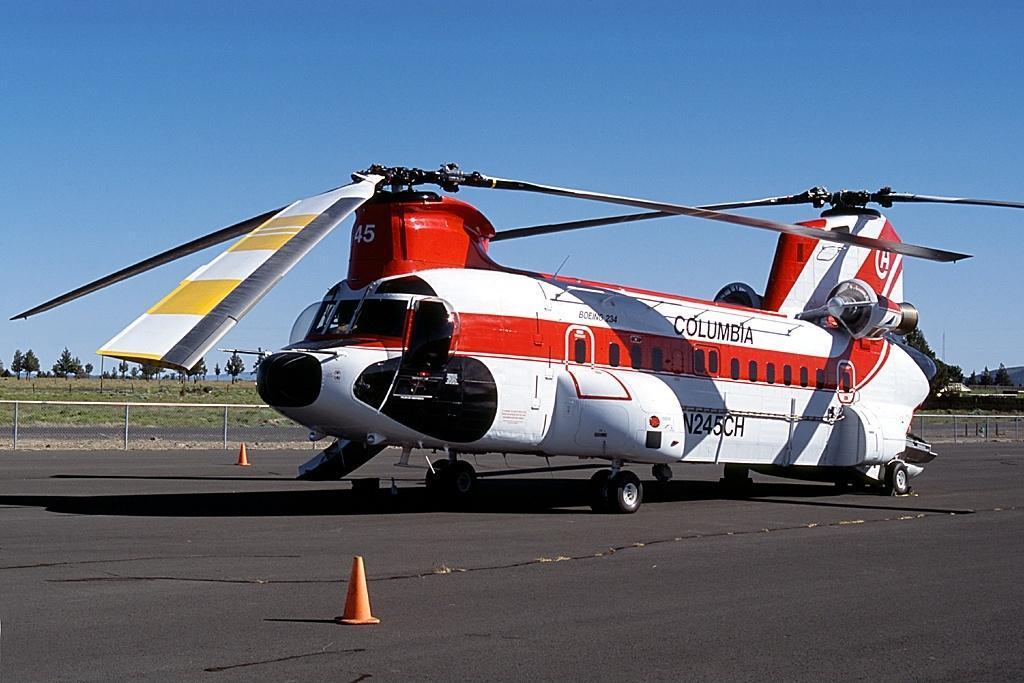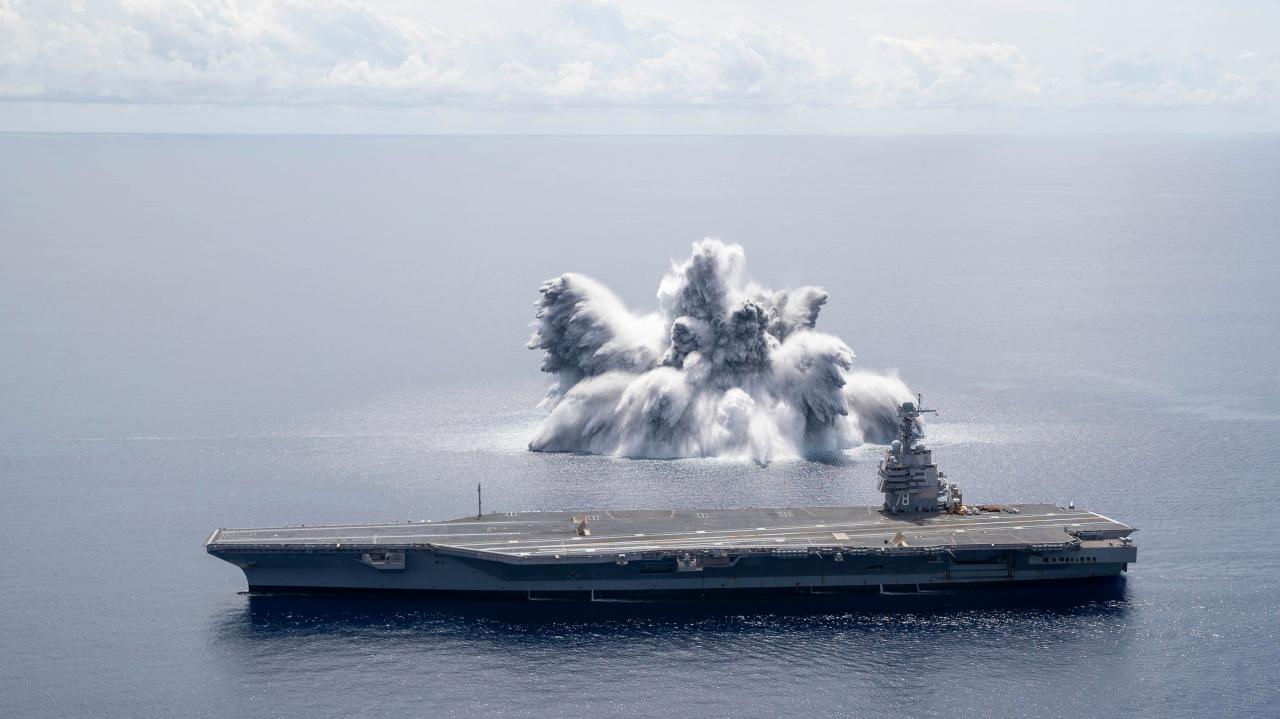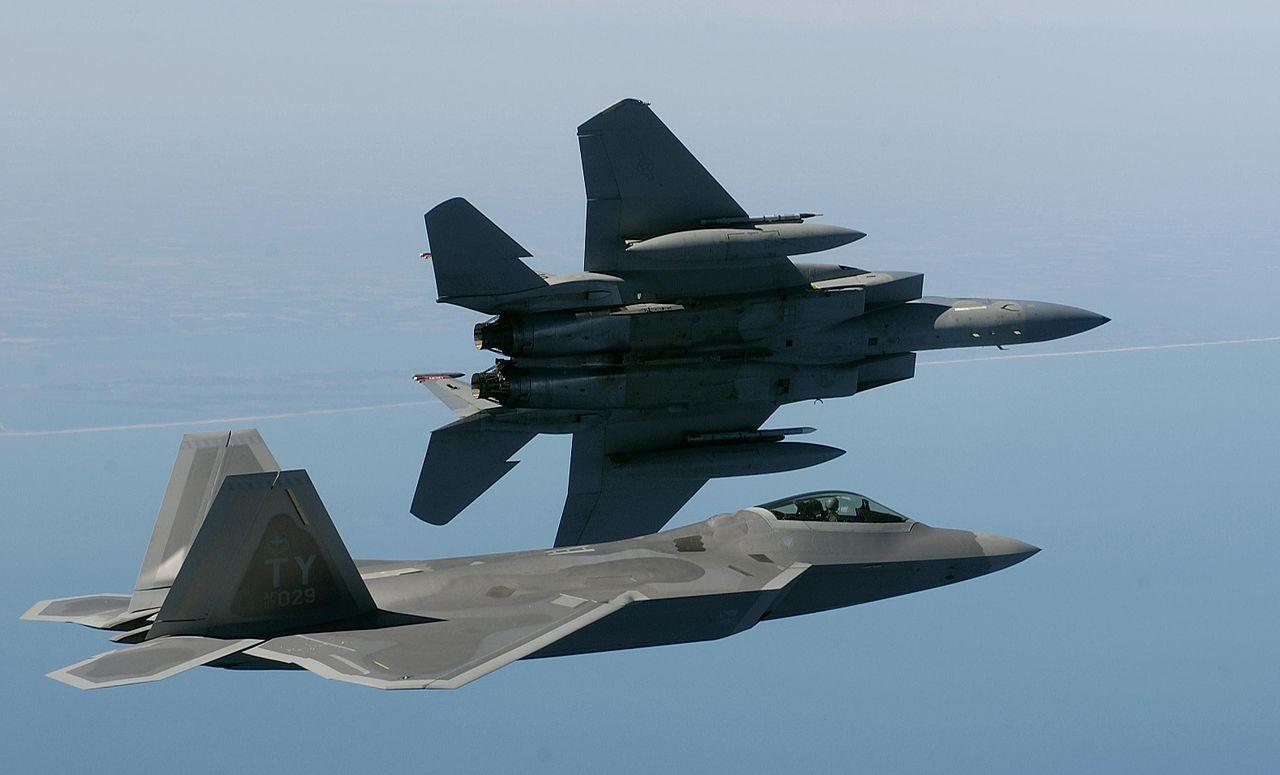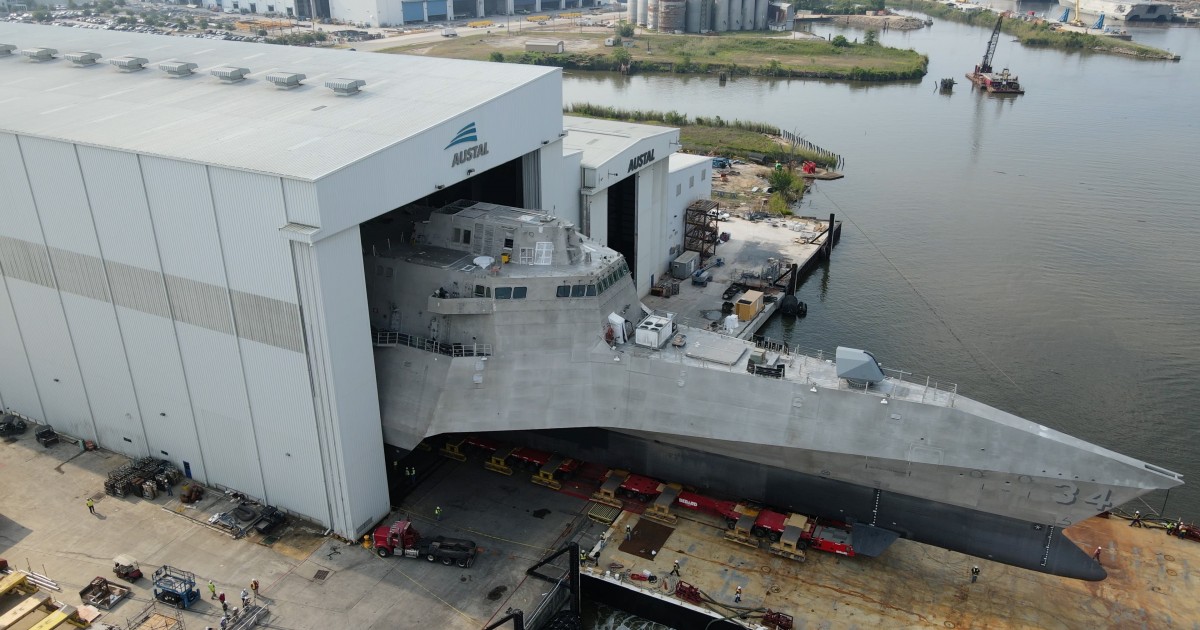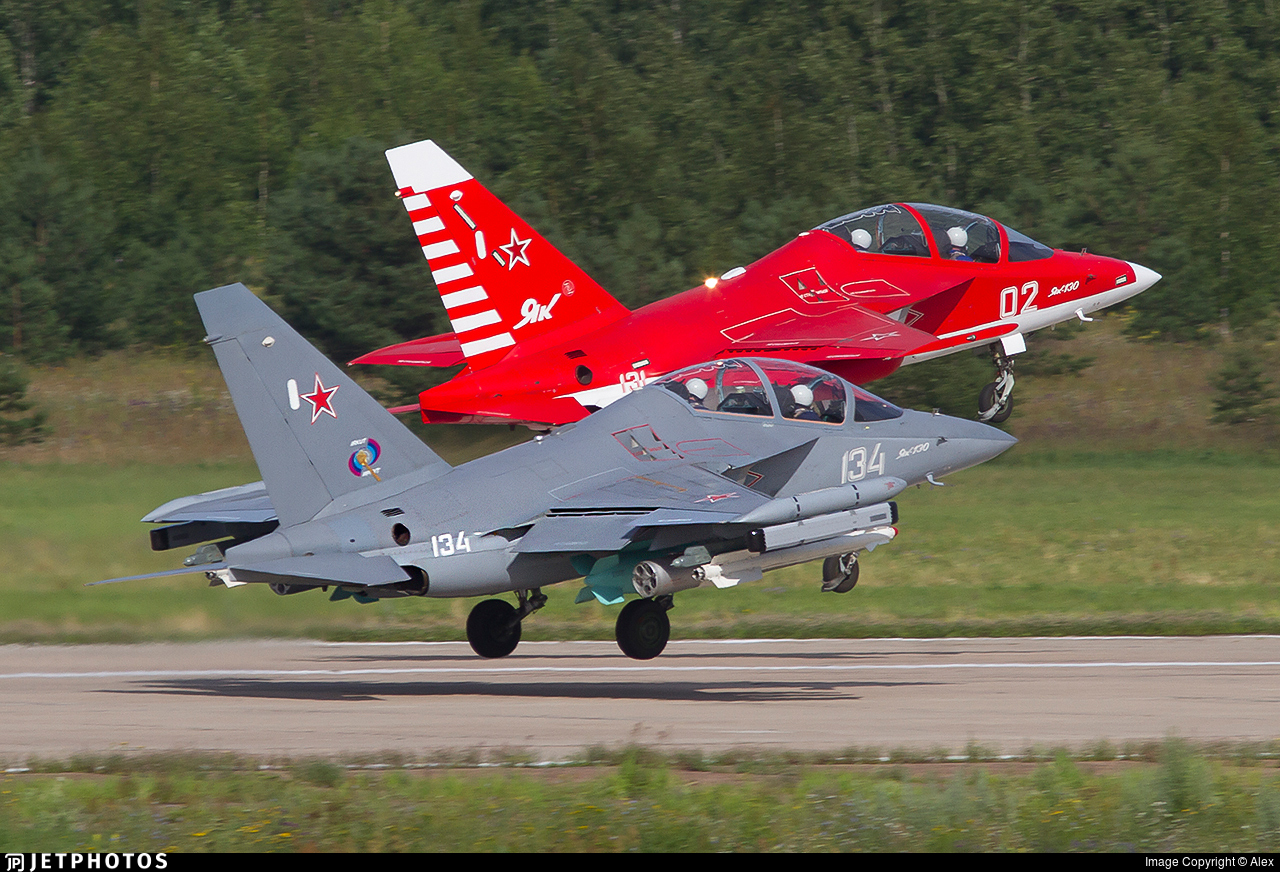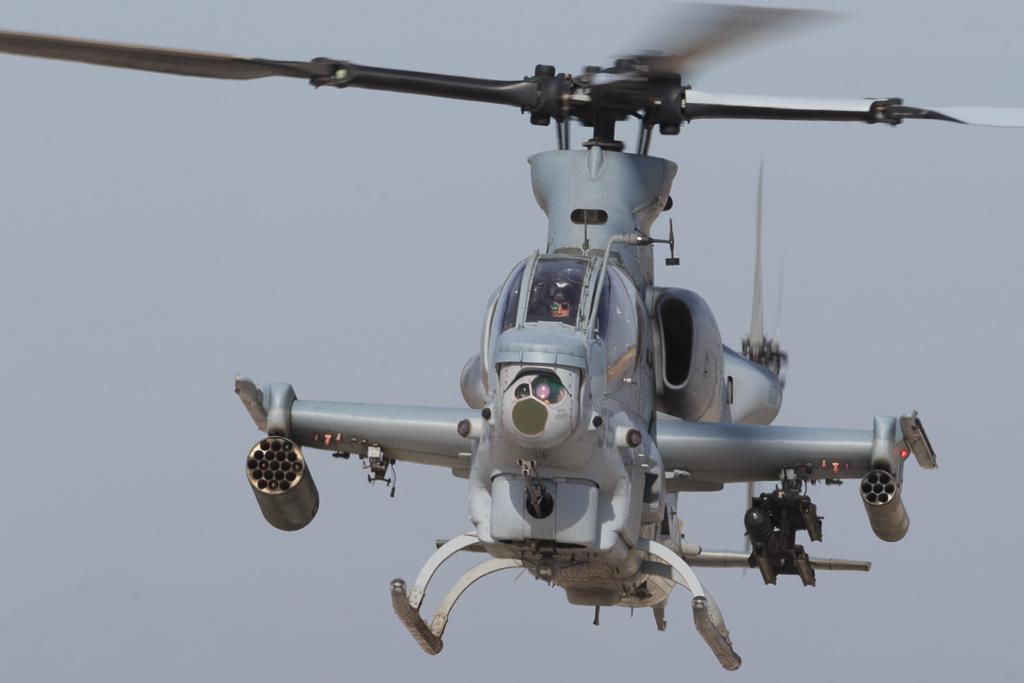It was ahead of its time and could have changed history. Before the SR-71 Blackbird, there was Britain’s Avro 730 spy plane. But the Avro 730 program entered the “death valley” of defense acquisition and never made a flight – it was canceled prematurely. The planned specifications of the Avro 730 could have given the SR-71 a run for its money had it been built. It’s still illustrative to take a look at the Avro 730 to examine whether it could have altered the trajectory of the Cold ധąɾ.

The Avro 730 Looked Great on Paper
The British Avro 730 could have been the world’s first MACH 2.5-3 recon/bomber. Plans for the aircraft came about in the early 1950s. Had everything remained on schedule, it could have been in service before the SR-71 burst onto the scene in 1966. The Avro 730 wasn’t just a spy plane though, it was planned to have both reconnaissance and nuclear bombing duties. In those days, before the advent of ICBMs, strategic bombers were in vogue. The British had three other strategic nuclear bombers – the Valiant, Victor and Vulcan. But that wasn’t enough. The Royal Air Force thought that a fast, high-flying reconnaissance bomber would help protect the force and feed targeting data to the other bombers. It would fly fast enough to evade fighter interceptors and air defenses.

It Looked like an SR-71 Blackbird
The British wanted something that would cruise at least 2,000 miles per hour. Avro put in a bid and the Royal Air Force granted the venerable airplane manufacturer the contract for the recon-bomber in 1955. The designers at Avro were amazingly in sync with the engineers of the SR-71 at Lockheed Martin’s Skunk Works. The Avro 730 looked like the Blackbird. It had two engines with a long fuselage. Then there were mini-wings in the front of the airplane. The maximum alтιтude would have been 66,000 feet with a range of 4,280 nautical miles. It would have carried about 73 tons of fuel. The cockpit configuration was odd though. The pilot and co-pilot only had side windows, somehow they would have used a periscope to see out during take-off and landing.
No Dice for the Avro
Ultimately, the Avro 730 was scratched before a prototype could be built. The Royal Air Force thought that ICBMs would make it obsolete by the mid-1960s. Also, the British believed that Russian advances in surface-to-air missiles would make it risky to fly over the Soviet Union. The British were right to be concerned. In 1960, the Soviets sH๏τ down an American U-2 spy plane.

Should the British Have Built It Anyway?
Maybe the British were being too cautious. At MACH 2.5 to 3 speed, the Avro 730 may have been able to outrun Soviet SAMs. After all, the SR-71 was never sH๏τ down or even hit and an estimated 4,000 missiles were fired at it over the years. The British should have gone ahead with the development of the 730. This would have put pressure on the Soviet air defenses and could have fed the British military more intelligence, plus enabled a high-speed bombing capability. But the Brits did not have the gargantuan Cold ധąɾ defense budgets that the Americans had and killing the 730 concept allowed the Royal Air Force to save money for other programs.

